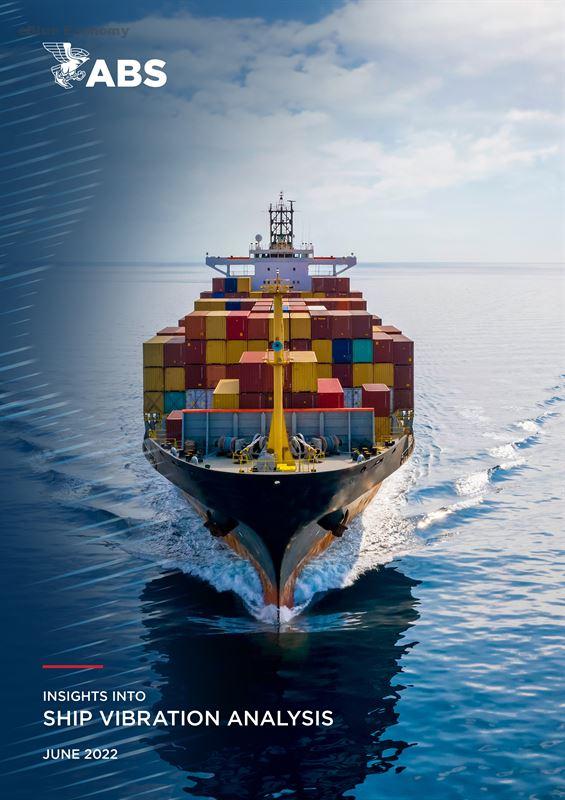What might a well-to-wake approach mean for shipping?
This year’s Setting the Course to Low Carbon Shipping: Zero Carbon Outlook, the fourth in a series of outlooks designed to guide the maritime industry in decarbonization, examines the potential of reaching zero emissions in shipping.
Here are just a few of the key takeaways from Setting the Course to Low Carbon Shipping: Zero Carbon Outlook:
- Regulation of the maritime industry’s emissions is becoming increasingly stringent, with additional measures expected to be implemented in the next few years. The upcoming market-based measures and life-cycle assessment approach are expanding the scope of GHG emissions from tank-to-wake to well-to-wake.
- The path towards net zero will start with drop-in transition fuels, progress with the adoption of carbon capture technologies, and eventually lead to the adoption of low- and zero-carbon fuels produced using renewable energy.
- Shipping will be a centerpiece for the development of both the hydrogen and carbon value chains. A net zero scenario in 2050 would probably require energy for green hydrogen production which is equal to half of the renewable energy production in 2021.
To dive further into the topics above, download your copy of Setting the Course to Low Carbon Shipping: Zero Carbon Outlook.
ABS Publishes Latest Developments in Ship Vibration Analysis
On the other hand, a Detailed analysis of ship vibration issues has been published by ABS to support the industry in mitigating damage caused by vibrations induced by machinery and the environment.
Insights into Ship Vibration Analysis presents the latest developments in vibration analysis, vibration criteria, and mitigation measures. It also explores four different real-world cases where vibration issues have been identified, analyzed, and mitigated.
As modern vessels become more optimized for improvements to cost, performance and sustainability, new challenges arise. Vibration-induced failures are one such challenge that have been hidden by over-designed structures and machinery in the past.
As designs have become more optimized, excitation sources from rotating machinery to natural ocean waves are starting to account for fatigue in structures, loss of cargo, malfunctions in machinery and electrical components as well as habitability issues for the crew. Therefore, vibration is now a constraint that must be accounted for in the design.
“This is a challenge that runs to the heart of the ABS mission to advance the cause of safety at sea, and I am proud that we are highlighting critical vibration issues on modern marine structures,” said Gareth Burton, ABS Vice President, Technology.
“We took real-world cases where vibration issues have been identified and applied them to the latest developments in vibration analysis. Solutions to mature, existing vessels can be costly. Our goal is to share these findings with the industry so that vibration issues are addressed as early as possible.”
Insights into Ship Vibration Analysis is available for download here. For more information about ABS marine services, click here.















